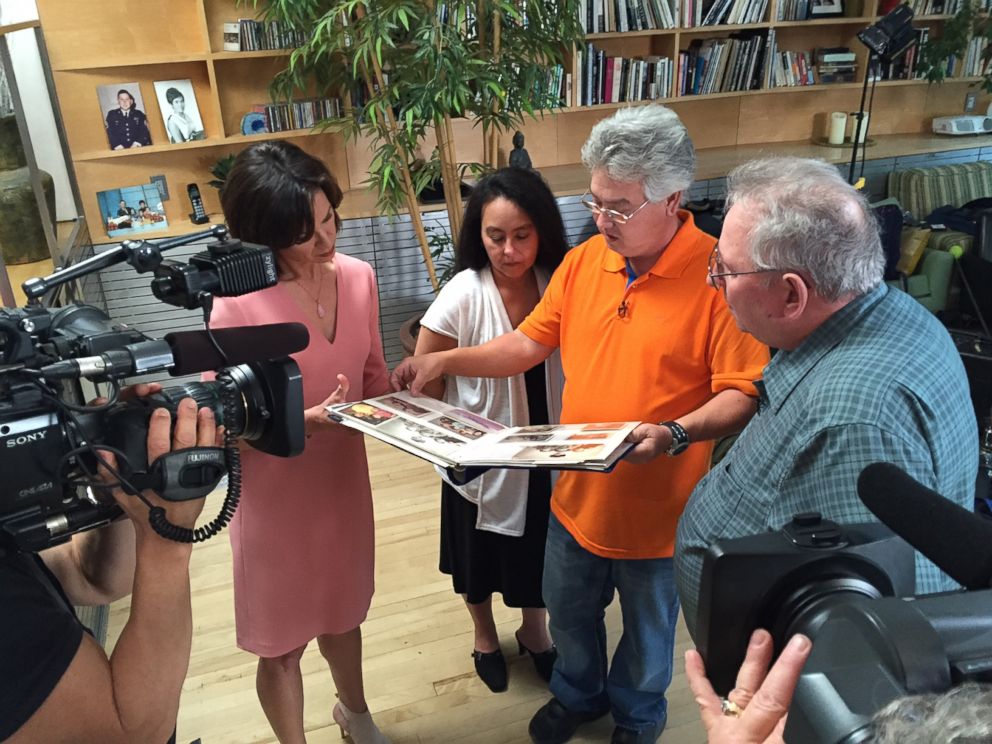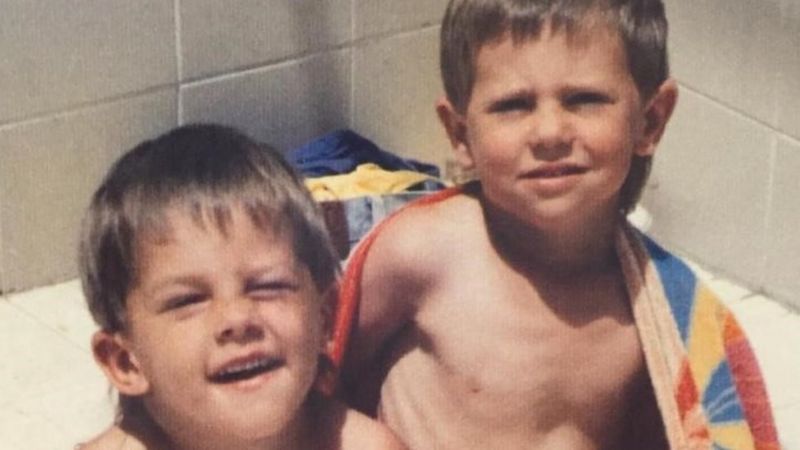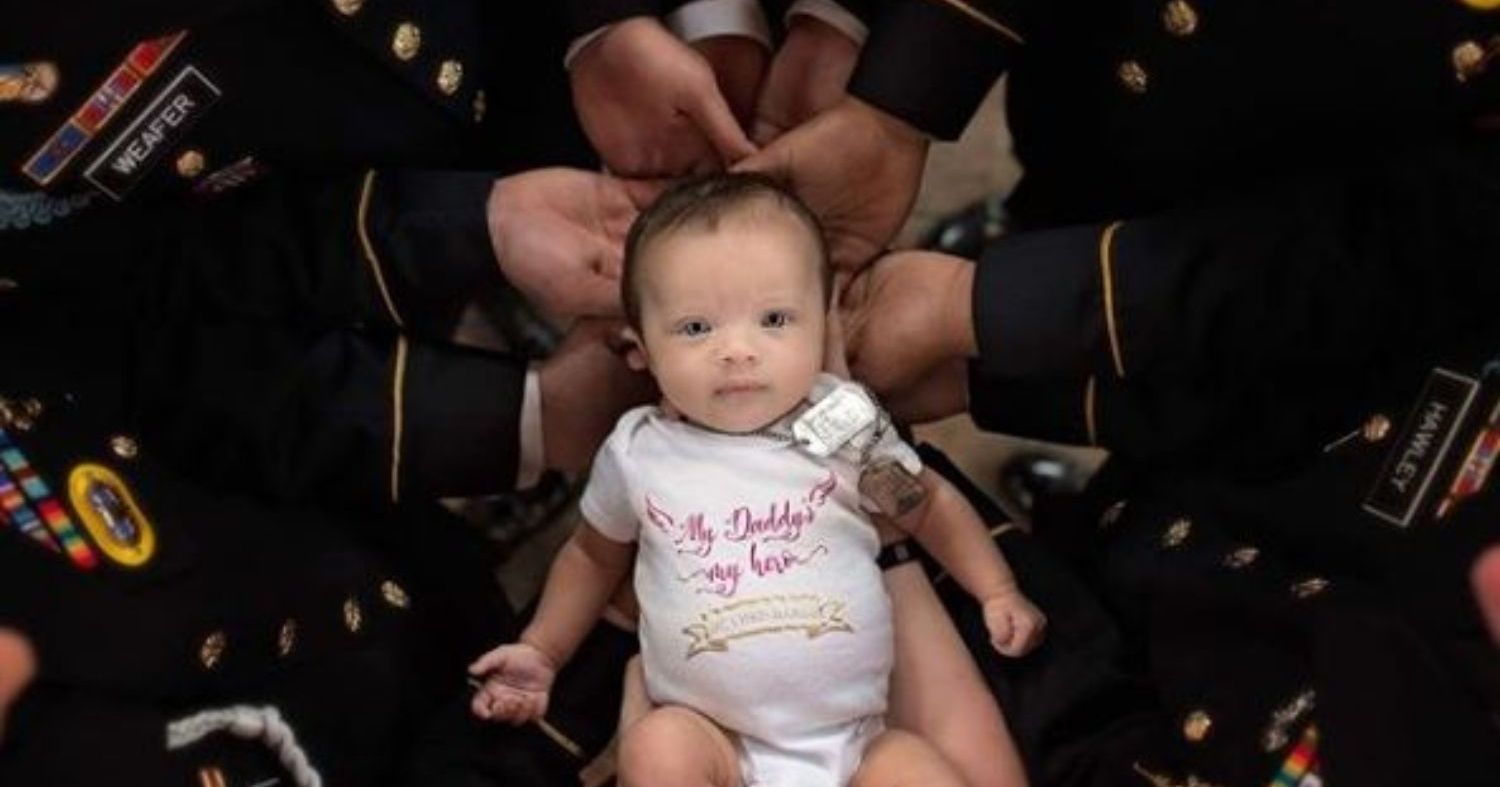

But the light aluminum skin could be easily pierced by rifle bullets, and it also crumpled and absorbed energy in a crash, and a strong structural truss protected critical systems-like the people inside. It had no hydraulic system and its electrical setup was used primarily to start up the engine-simple even by 1960s standards, which for practical purposes meant it was easier to maintain and harder to shoot down than other helicopters. Army troops called the OH-6As Loaches, a contraction of “light observation helicopters.” The ship was unusually light and had plenty of power, perfect for flying nap-of-the-earth missions, and its 26-foot-diameter main rotor made getting into tight landing zones a snap. “It was a joy to fly.” Kane, who today sells securities in Richmond, Virginia, flew AH-1s in Vietnam from 1968 to 1971.įollowing a contentious selection process that included allegations of industrial espionage and political favoritism, the first Hughes OH-6A observation helicopters arrived in Vietnam in December 1967. Unlike its troop-carrying ancestors, “a Cobra was like a World War II fighter,” says Jim Kane, who arrived in Vietnam fresh out of Purdue University.

From the rear cockpit, the pilot fired rockets from launchers fixed to the stub wings on either side the copilot in the front operated a chin turret that held a minigun and grenade launcher. In August 1967, the AH-1G Cobra arrived in Vietnam.

An inventive Bell Helicopter engineer was already at work on the world’s first attack helicopter, and Bell’s decision to keep the project hidden until complete let the model slip into service as a Huey derivative (see “ The Birth of the Cobra,” Aug.

Within that same year, help was on the way. But the Hueys proved too slow to do the job properly, and the need to replace both scouts and protectors was immediately evident. Units in Vietnam began sending UH-1Bs outfitted with rocket pods and machine guns to circle over the scouts at around 600 feet and attack anything that might interfere with the imminent troop landing. Vietnam’s mountainous terrain stressed the underpowered, obsolete helicopters to their limits: They could neither fly fast enough to escape enemy fire nor carry enough armament to pose a meaningful threat. Army began to use Bell OH-13 Sioux and Hiller OH-23 Raven helicopters, once artillery spotters, to scout ahead of UH-1D Huey formations in the moments before air assaults to gather information about landing zones and enemy locations. In 1965, the concept of helicopter-borne fighting forces was still new and largely untested, and units in Vietnam invented tactics on the spot. Although many were still teenagers, their survival depended on well-honed instincts and razor-sharp reflexes, along with plenty of luck. These hunter-killer missions, among the most hazardous of the Vietnam War, tested the resolve of the OH-6 pilots and the aerial observers sitting beside them. Army crews flying Hughes OH-6A Cayuse helicopters flew low and drew fire-to set up the shots for the Bell AH-1G Cobras circling above. You can have all the guns, vests, and radios you want, but you need street smarts or you’re going to be dead within an hour.”Īlthough most combat aircraft in Vietnam aimed for altitudes and speeds that helped them avoid anti-aircraft weapons, U.S. “It’s like a street cop going into a bad neighborhood. “You were right in the enemy’s face with a helicopter and had to know what you were doing,” recalls warrant officer Clyde Romero of his 1,100 hours flying scout missions over South Vietnam in 1971.


 0 kommentar(er)
0 kommentar(er)
